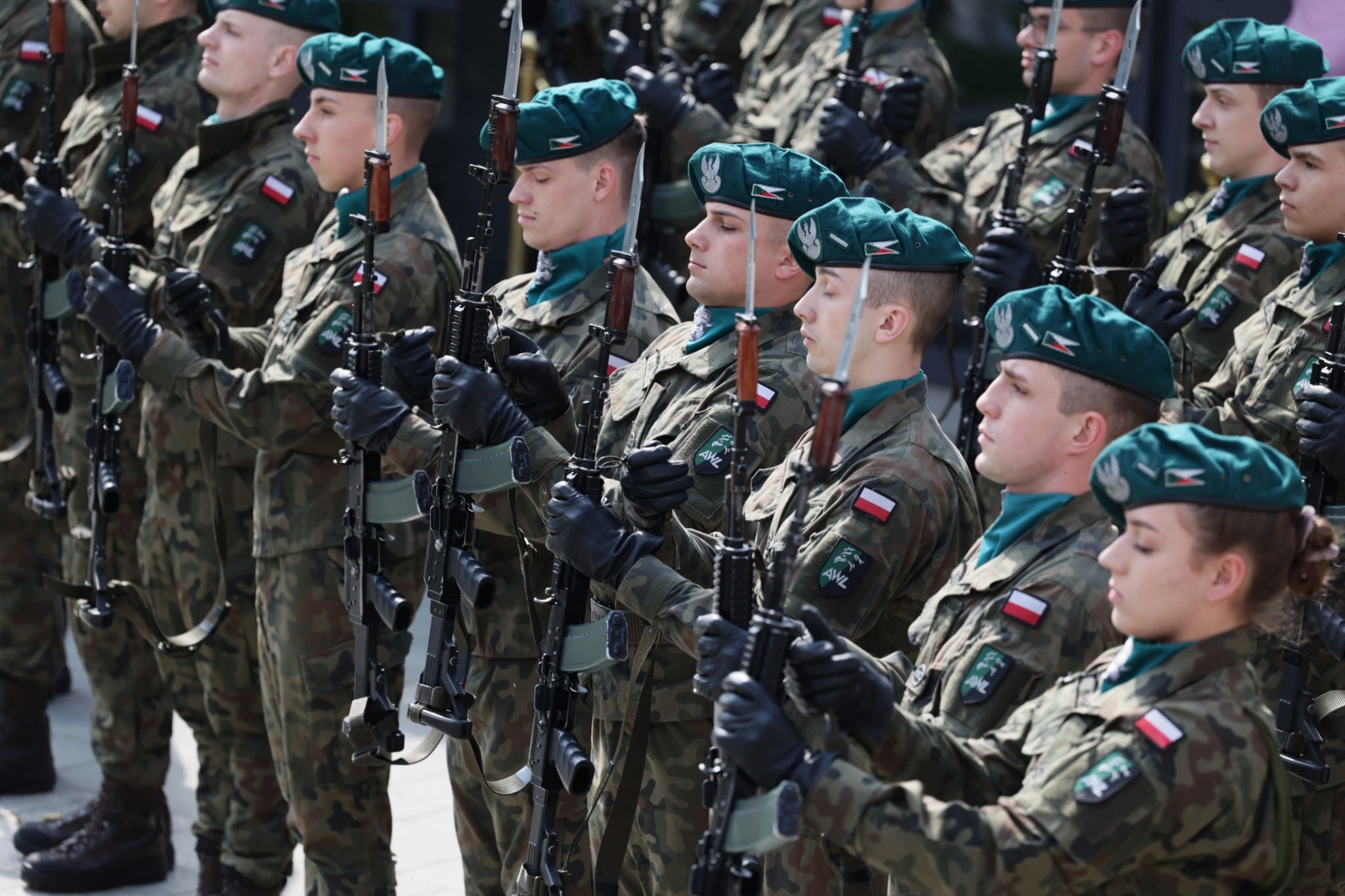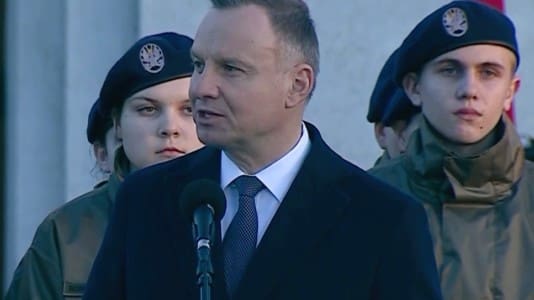“If you want peace, prepare for war.” In recent years, this ancient saying has been better followed by Poles than by others.
Prior to the war in Ukraine, while the likes of Germany, Italy and Spain, rested on their laurels and failed to meet NATO’s membership requirement to spend at least 2 percent of a country’s GDP on defense, Poland spent above and beyond.
By the next decade, the Polish army is expected to have 350,000 soldiers, but even now it has just under 40 percent of that figure, standing at 122,500 troops with another 11,600 stationed in Poland from NATO allies, primarily from the United States.
In contrast with other nations in the region, Romania has a military comprising 75,000 troops. Bulgaria has 27,400 soldiers, Hungary’s military is 21,400-strong, Slovakia has just 13,000 troops, Lithuania has 17,000, and Estonia and Latvia have 10,000 and 7,500, respectively.
[pp id=64397]
Across the region, some 40,000 soldiers are directly under NATO command, including 130 quick-reaction aircraft, and 140 warships. Poland’s neighboring allies have a joint military of approximately 170,000 soldiers, which is around 50,000 more than Poland itself, but soon the Polish army will outnumber the armies of its allies in the region.
The ruling conservative government took the opportunity that peacetime presented to ensure its military was strong, and this has been a key deterrent with regard to the ongoing conflict in Ukraine.
The Polish government shows no signs of slowing down. In January, Prime Minister Mateusz Morawiecki announced his intention to ramp up defense spending to account for 4 percent of Polish GDP this year. The move will see the country become the largest contributor to defense spending relative to its economy in NATO.
He told reporters it was his government’s “highest, absolute priority” to bolster the country’s armed forces and increase the NATO presence on Polish territory.





